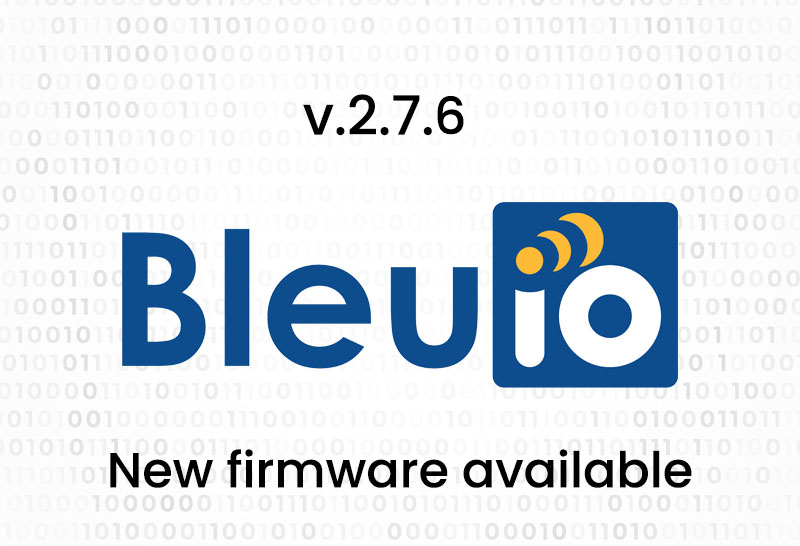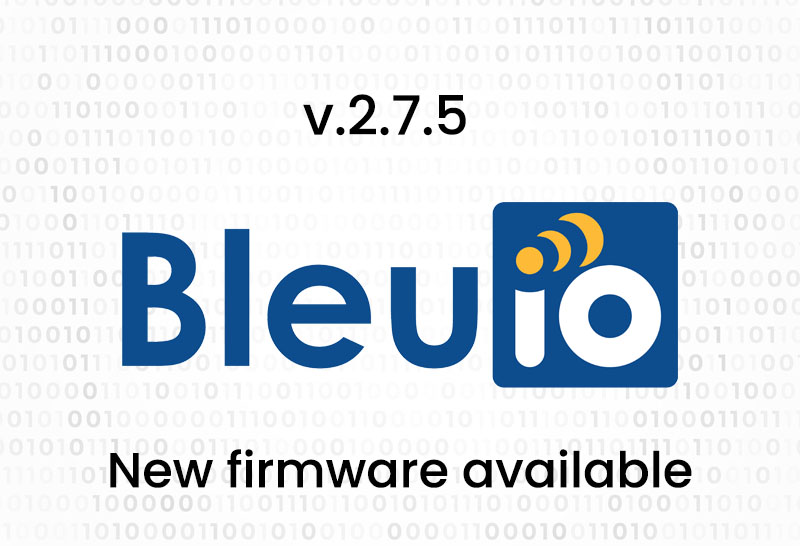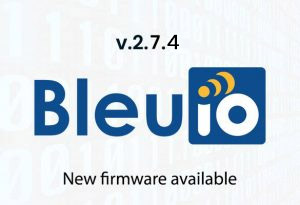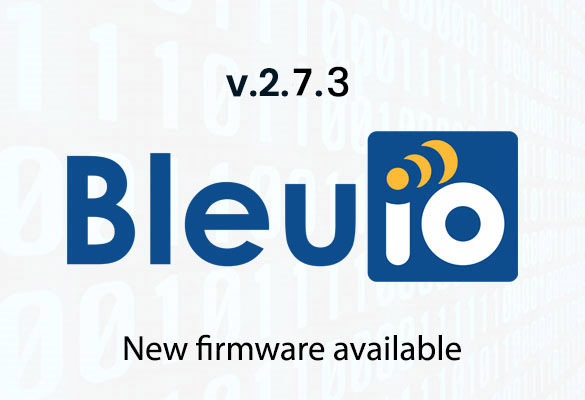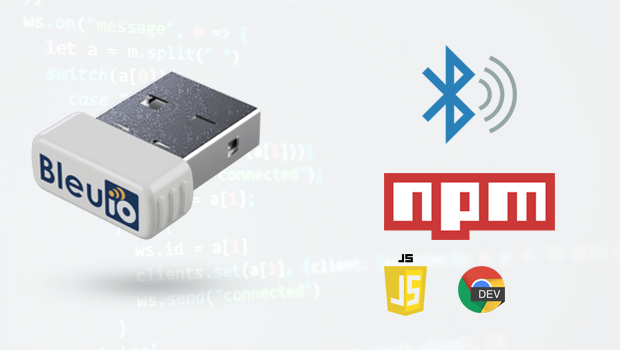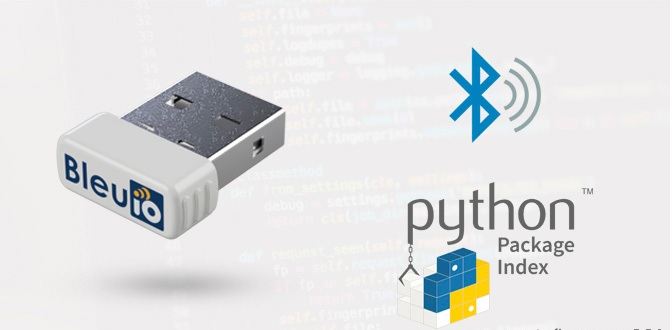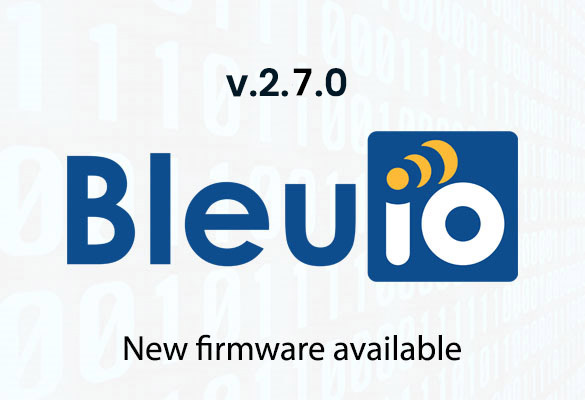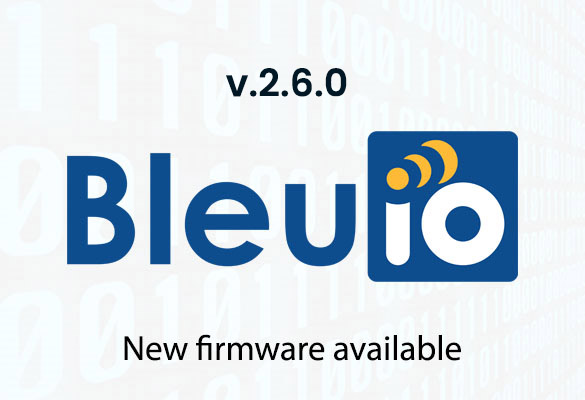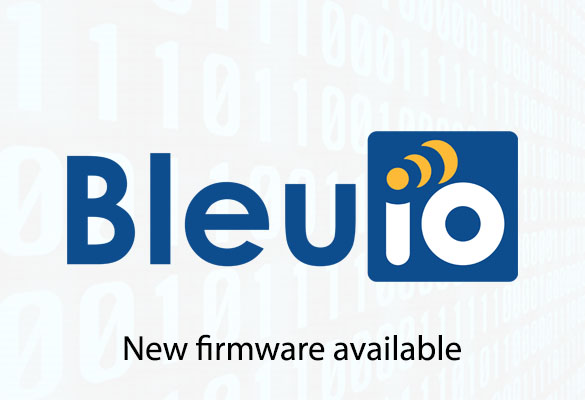We are excited to announce the release of BleuIO firmware version 2.7.6!
This update brings important new features, bug fixes, and enhanced functionality that will make BLE application development even smoother. Here’s a breakdown of what’s included in this latest release:
New Features in v2.7.6
- Unique Organization ID
A key new feature in this update is the ability to set a Unique Organization ID (UOI). This ID will be stored in the device’s flash memory, allowing it to persist through power cycles. If the Unique Organization ID is set, it will be displayed in the response to the ATI command. This is particularly useful for users managing multiple BLE devices, as it helps uniquely identify each device by the organization. The Unique Organization ID can also be cleared as needed. - Support for Extended ASCII Characters
BleuIO now handles Extended ASCII characters, broadening the range of compatible inputs for developers. This improvement enhances the device’s ability to handle more complex data and increases flexibility when working with BLE communication.
New Commands
With this firmware update, two new commands have been introduced to set and clear the Unique Organization ID:
- AT+SETUOI – Set Unique Organization ID
This command allows you to set a Unique Organization ID, which will be saved in flash memory and persist through power cycles. When set, the Unique Organization ID will be displayed in the response to the ATI command. You can set a Unique Organization ID up to 100 characters in length. - AT+CLRUOI – Clear Unique Organization ID
If you need to clear the Unique Organization ID that was previously set, this command will allow you to do so. It removes the ID and resets the field to its default state.
Bug Fixes
- Fixed Stability Issue During Device Connections
A bug has been fixed in this update where BleuIO would reset when connected to two or more devices while scanning, especially when a disconnection event occurred. This issue could cause instability and interrupts during device connections. With the release of v2.7.6, this problem has been resolved, ensuring smoother operation when connecting to multiple BLE devices.
How to Update
Visit our firmware download page to access the latest firmware and ensure your BleuIO device benefits from these enhanced capabilities. Be sure to select the correct firmware version for your device model—BleuIO or BleuIO Pro—before downloading.
This update makes BleuIO more powerful, with improved stability and added flexibility for developers. The new Unique Organization ID feature and Extended ASCII support will certainly enhance the way you can use BleuIO in your projects. If you haven’t already, be sure to download the latest firmware and take advantage of these exciting new features!
